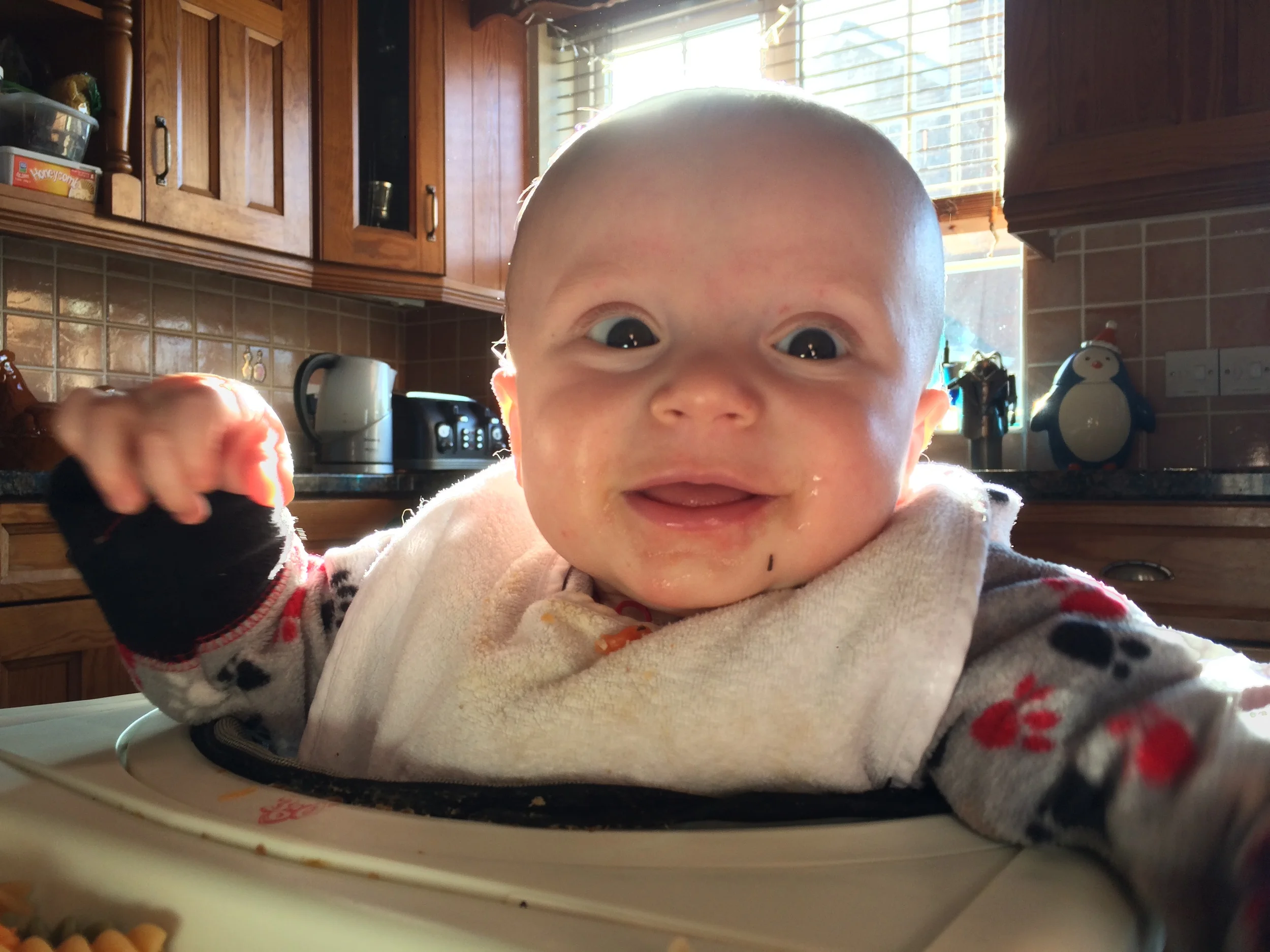As a parent, one of the most exciting things I have been blessed to experience is the sound of my child's first words. But the development of language doesn't start with a child's first words, it begins right at the start.
How can we help our children develop stronger language skills? How can we help them become skilled communicators with others - attentive listeners, good at expressing themselves, switched on to social cues and signs?
There are lots of ways in which you can help your children in this area, but I want to mention very briefly how effective signing with your baby or child can be. Why should you think about signing?
Children learn to understand what you are saying long before they are able to use words themselves. But somewhere in between understanding and speaking, they usually start using their body to tell you things. They will learn to point at objects to show you what they want. Or they might start waving 'Bye bye' to let you know they see you leaving. They might raise their hands up in the air to request that you lift them up and they might clamp their mouths shut and shake their head 'no' when you attempt to give them medicine.
Signing with your baby and child builds on the idea that children achieve control over how they move their body muscles earlier than their readiness for speech. Heard of the Terrible Twos? This is often attributed to children who know what they want to say but don't yet have the skills to say it - resulting in frustration and often what we see as naughty behaviour. If you have an older child who has been slow to develop language skills, you are likely to have seen them exhibit frustration at not being able to express their needs and desires sufficiently many times.
There are a number of different options available when it comes to thinking about using signs with your baby and child. Having received a little training in Makaton, this is the one that was easiest for me to run with. I simply used the ones I remembered, right from the beginning. I used them singing nursery rhymes, I used them when we were eating, and when we were playing together. There was no doubt that as a very little baby, Eli paid a lot of attention to my hand gestures as well as my face. Using the signs forced me to slow my rate of speech down and reduce sentences down to key words.
As Eli got a little older, I noticed him attempting signs - with the first very clear one being 'more' (at around 7 months old - see the video below). he used this to get more food, to get more play, to get, well...more! This is still his favourite one and he is now combining it with other signs - 'more grapes', 'more toast and cheese'. This has helped him express himself and helped me (and others) understand him better. You can watch Eli at around 7 months old having a good go at signs for 'more' and 'water'.
Eli continues to use his signs now, alongside the words he is beginning to say. His understanding of language seems very good and sometimes when he is tired or over-excited using signs for him helps him to focus and understand. I have heard others suggest that if children are learning signs they 'won't bother' to learn how to say the words. I can strongly advocate that signs are an additional, complementary form of communication that actually help with the learning of words. Signing also helps children pay attention to people's faces and bodies that will assist them in identifying social cues from others.
If you have an older child who has been slower to develop their language skills, signing can not only help with their language acquisition, but can also reduce frustration and behaviour difficulties through giving them an additional way to communicate and understand.
You can find out more about signing in local community groups that teach baby signing, or you can ask me if you are interested in finding out more. Mr Tumble might also be able to help you out!

